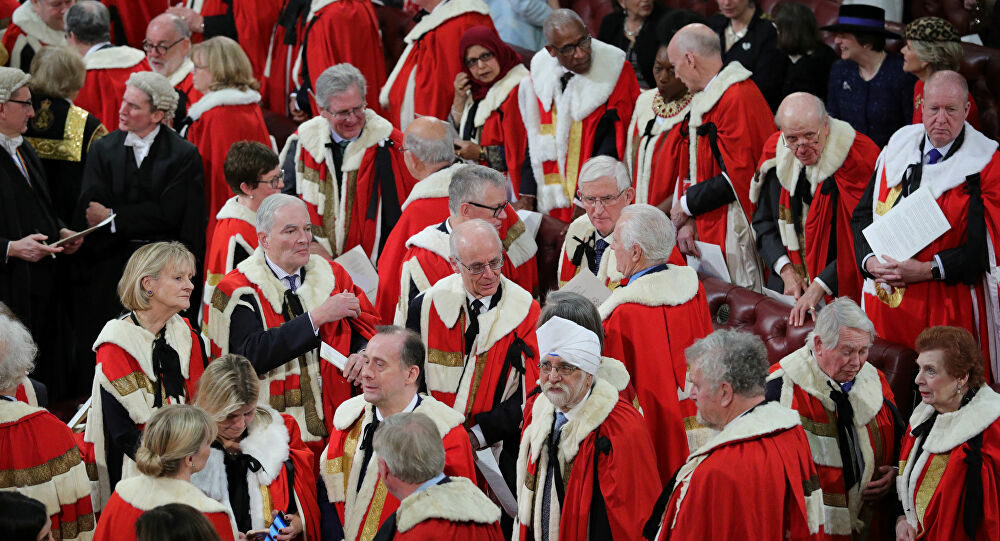
A further post concerning the social and economic benefits of tiny homes, and the legislative changes required in the UK.
Housing and the provision of new homes appears to be a hot electoral issue. For many, house prices are unaffordable, especially in rural areas, and making greenbelt available for homes comes at a social, environmental and electoral cost.
As we discussed here, social care for an ageing population is in crisis, and one of vanishingly few accommodation solutions to manage early cognitive decline is the removal of the elderly from their homes into costly care.
But might there be another possibility that answers all three of our pressing needs: those of housing, social care for the elderly, and environmental management?
New Zealand leads the way with legislation providing that tiny houses (35-80 sqm) built on a trailer are classified as vehicles and not buildings. They do not avoid planning laws totally; but the rules provide substantially more flexibility than our UK legislation. And they are becoming very popular to provide alternative independent accommodation for both young and old.
Here in the UK S.55(1) Town and Country Planning Act 1990 requires specific planning permission for the addition or alteration of structures on land, and this captures almost all tiny homes. Schedule 1 Caravan Sites and Control of Development Act 1960 sets out the exceptions, but use of a tiny home ‘independent’ of the main residence on the land is not one of them. UK exemptions from planning permissions currently apply only in authorised locations and for ‘caravan’ construction not exceeding 20m length x 6.8m width x 3.05 height.
In 1960 the Caravan Sites Act may have been wise legislation. Following the blitz, WW2 prefabs seen as a temporary solution to a housing problem under Churchill’s Temporary Housing Programme, had not the best reputation. Construction methods, whilst efficient for their time, did not provide security, adequate insulation or the permanence that was seen as essential to address long term housing need. There was also the fear that derestriction would allow a proliferation of gypsy and traveller encampments. This was an ongoing concern as evident in this House of Commons fascinating debate in 2005.
Construction methods and insulation for tiny homes have massively improved. They are now entirely viable for permanent occupation in any temperature, in any country throughout the year. Moreover, the environmental benefits of a properly constructed tiny home can exceed that of bricks and mortar.
Perhaps we should be looking to optimise the tiny home solution by:
- Changing the national planning requirements for the location of tiny homes, namely non-permanent structures fabricated within prescribed dimensions and to construction and insulation criteria;
- Engaging financial incentives for occupants of homes with gardens/land to provide accommodation for tiny home/s that are located within two metres of their boundary;
- Enabling councils to authorise 5, 10 and 20 year permissions for the location of tiny homes that comply with the above requirements;
- Altering capital gains and inheritance tax laws to incentivise communal living arrangements involving tiny homes, namely by zero-rating such transfers over the sliding scale of the permissions.
Many retired or recently bereaved seniors would be delighted to sell their (often larger) family homes to relocate and invest within the curtilage of their children and grandchildren’s home. Residing in proximity to a relative’s home may secure for them (and society) several extra years of supported independent living. Additionally, the arrangement may enable reinvestment from proceeds of sale of the former family home to a new property that offers the additional space to accommodate a tiny home.
In summary, the advantages of these arrangements could release back into the market place under-occupied homes of seniors, potentially reduce burdens on social care for the elderly, enable grandparents to provide localised childcare for working parents; provide environmental benefits from near-net-zero fabrication of tiny homes; linked to the incentive of Inheritance tax exemption.
Advertisements appearing within and below this post are placed by the platform not the writer. They are neither endorsed nor monetarised.
*
*


*









